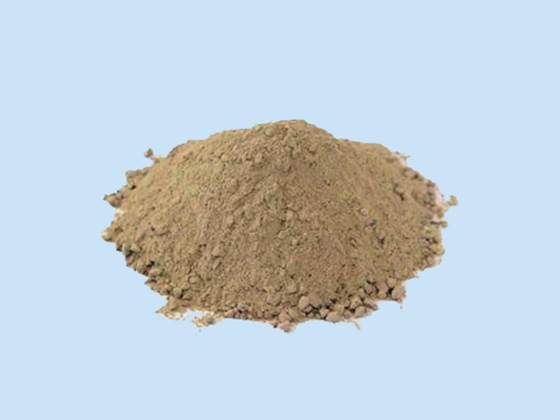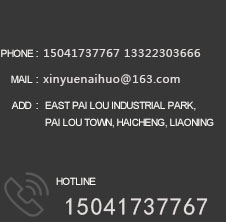
Liaoning Haicheng Xinyue Refractories Co., Ltd.
Mobile phone: +86-15041737767 +86-13322303666
Website:yushunda.com.cn
Mailbox: xinyuenaihuo@163.com
Address: East Pai Lou Industrial Park, Pai Lou Town, Haicheng, Liaoning.
The intermediate dry vibrated material has double advantages of insulation board and coating. The advantages are as follows:
(1) The corrosion resistance of molten steel and slag is strong, the service life of working layer is greatly improved, and the refractory consumption per ton of steel can be reduced by pouring for a long time.
(2) Dry vibrating materials are sintered gradually from working layer to layer depending on the temperature gradient in the course of use, forming a dense structure on the hot surface of the working layer, and no penetrating cracks will occur, leading to slag infiltration into the layer. Because the density of unsintered layer is low, it is beneficial for tundish insulation.

(3) micro shrinkage occurs during sintering, which is easy to turn and remove.
(4) Convenient construction, no water construction, can be quickly baked or no need to bake and directly use, increase the utilization rate of tundish, extend the use of the tundish cycle, thereby reducing the number of backup packages.
(5) Because the dry vibrating material has no water content, it can reduce the chances of secondary oxidation of molten steel in tundish, reduce the hydrogen absorption of molten steel, reduce the pollution to molten steel and improve the quality of billet.
(6) Compared with spraying and coating materials, the use of dry vibrating materials can reduce the energy consumption of baking, reduce labor intensity and improve labor productivity. Generally speaking, the coating needs to be baked at 800 ~ 1000 C for 2 ~ 6h, while the dry vibrating material only needs to be baked at 200 ~ 300 C for 45 ~ 90min to solidify the binder. The construction equipment is simple and the construction is convenient.
(7) The service life of dry vibrating materials is longer, generally up to 20 hours or more, and the higher ones up to 60-70 hours, which greatly improves the labor productivity of steelmaking process.
